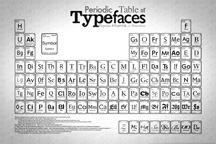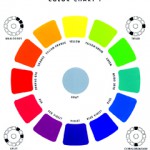re you a desktop publisher? If you own a small business, work for a small business or nonprofit organization, or volunteer at a community organization and use a computer to prepare files for print or the web, then you meet the definition. Desktop publishers prepare business stationery (business cards, letterheads, and envelopes), forms, sales and marketing materials, newsletters and similar documents and print them on the desktop, have them printed by a commercial printer such as TechneGraphics, distribute them in electronic format, or publish them to a web site.
The term desktop publishing was coined in 1985 by Paul Brainerd, founder of Aldus Corporation, to describe the capability of the computer program Aldus PageMaker. PageMaker, which was later purchased by Adobe, was a new kind of software program, distinct from a word processing machine (which was essentially a typewriter with some form of electronic editing and correction capability). PageMaker enabled one person to perform on a computer what had previously been many separate manual functions associated with getting documents ready to print: design, typesetting, and assembling all elements into a page layout.
Over time, as features were added to desktop publishing software and easier-to-use consumer versions were developed, what had once been a job (i.e., desktop publisher) evolved into a set of job skills needed for a wide range of positions: office manager, department head, administrative
or legal assistant, secretary, real estate agent, even receptionist and volunteer worker.
We, too, are part of the evolution of desktop publishing. Phototypesetting, mechanical camera work, and manual paste up gave way to desktop publishing, then evolved to a complete digital prepress process, with output to either offset press plates or our high-speed color digital printers. For us, desktop publishing means we can produce a first proof faster, make alterations quickly and easily, and significantly improve the quality of the printed image.
http://www.macgra.com/1105Printips.pdf
 Typography has always been important as a design element in written documents. It attracts and holds the reader’s attention, indicates a hierarchy of information, creates harmony, and builds recognition without the reader being conscious of it. Good typography is part of the design structure that underlies effective communication.
Typography has always been important as a design element in written documents. It attracts and holds the reader’s attention, indicates a hierarchy of information, creates harmony, and builds recognition without the reader being conscious of it. Good typography is part of the design structure that underlies effective communication.




